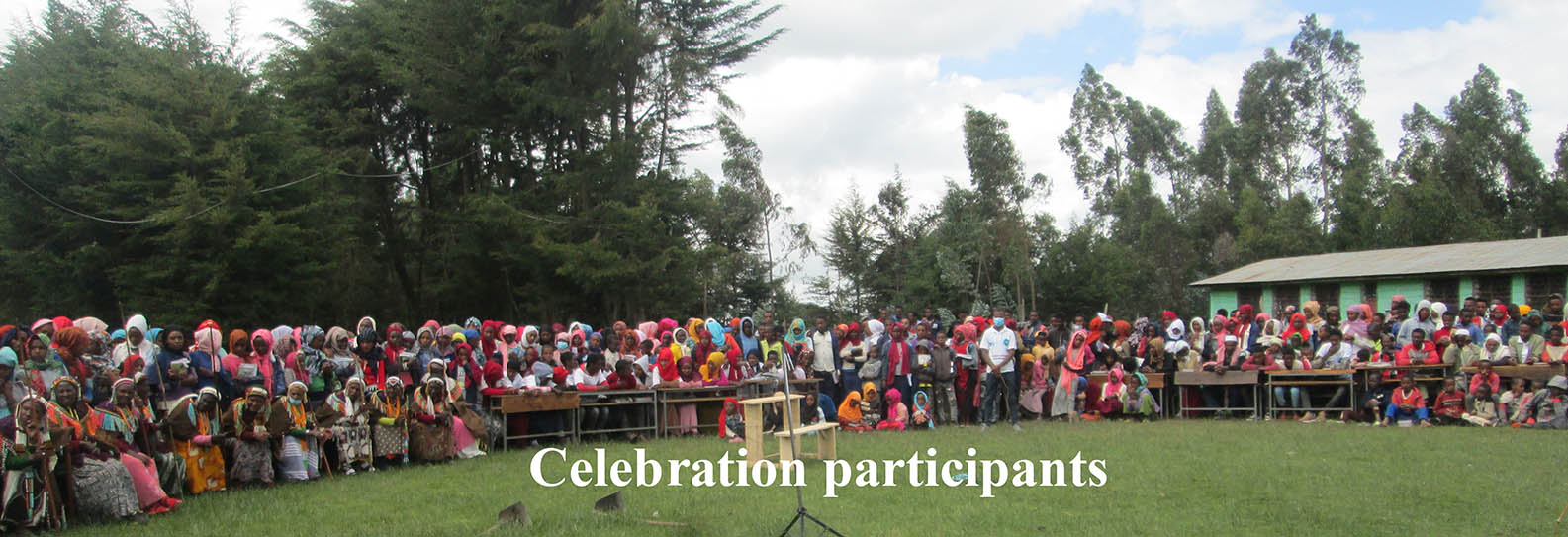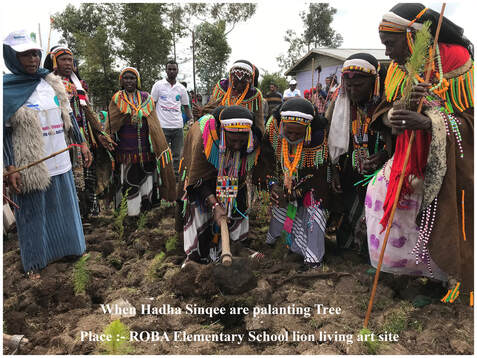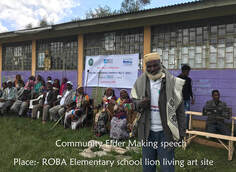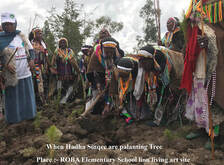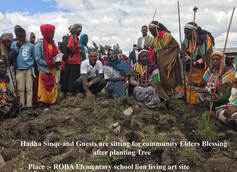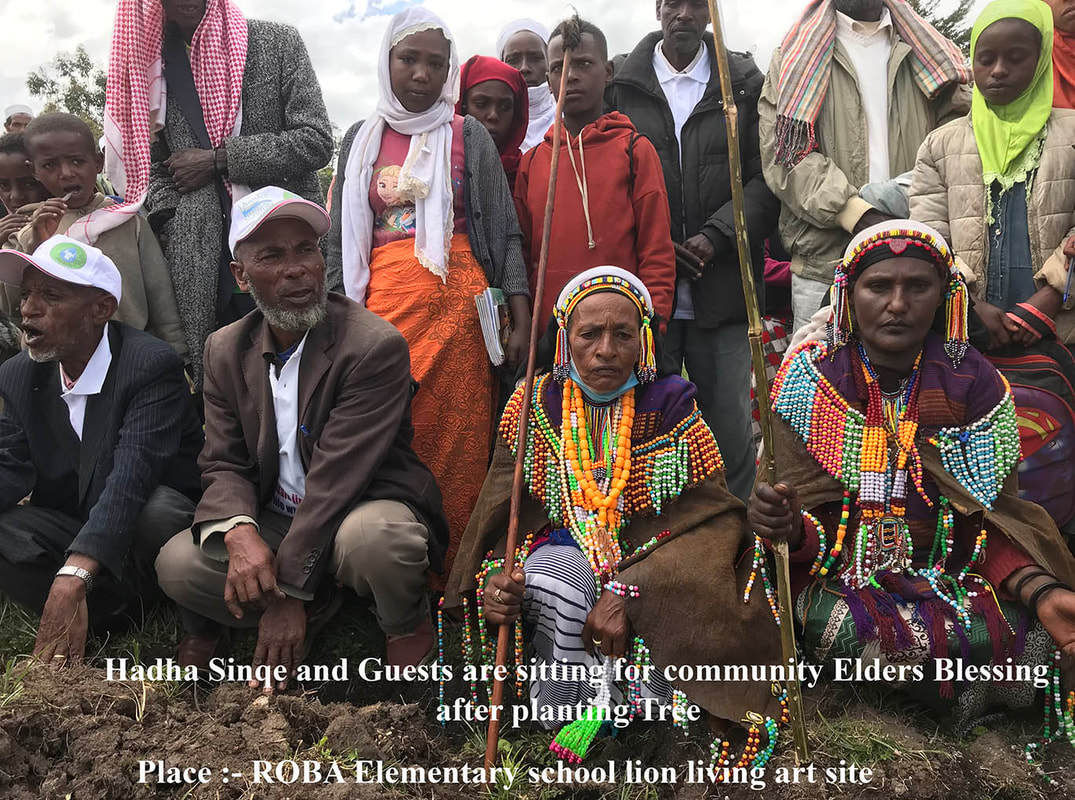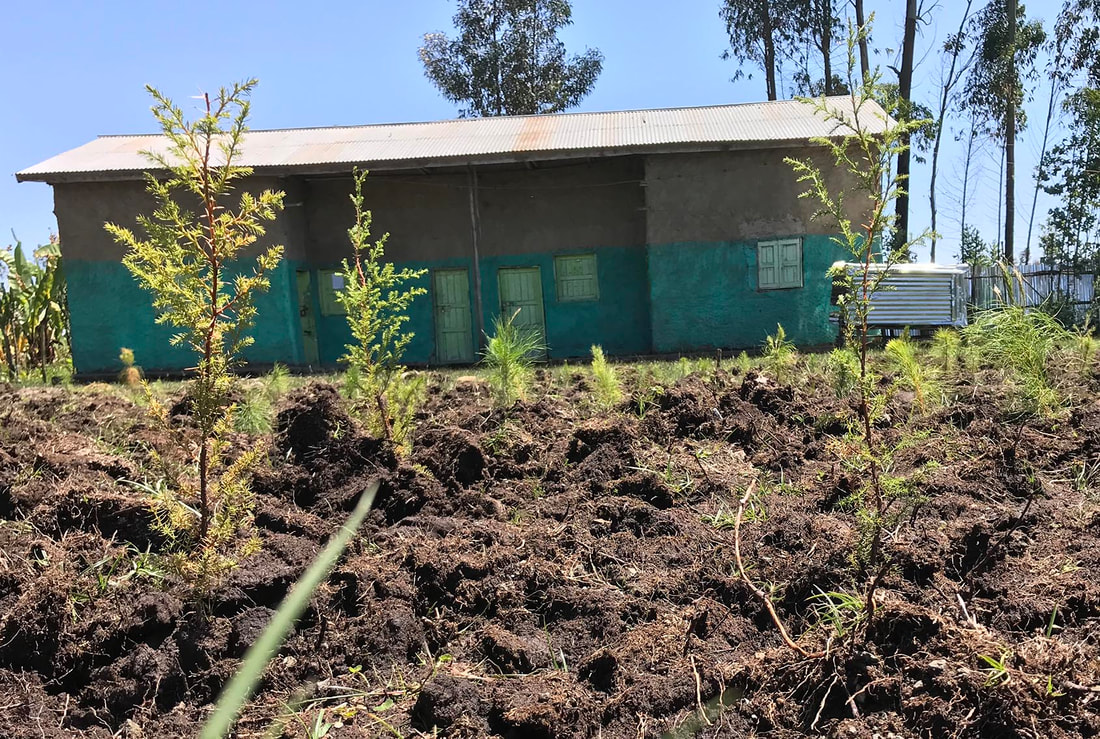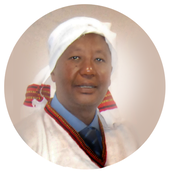
ROBA Field Notes:
Celebrations - A community brought together by Trees
Hussein Watta, Executive Director, Rural Organization for Betterment of Agro-Pastoralists (ROBA), Ethiopia writes about the 'Trees for Life' project, an activity to plant trees through an artful arrangement for aerial and satellite viewing, has been celebrated and received by the local Oromo community. (November 3, 2021)
Celebrations - A community brought together by Trees
Hussein Watta, Executive Director, Rural Organization for Betterment of Agro-Pastoralists (ROBA), Ethiopia writes about the 'Trees for Life' project, an activity to plant trees through an artful arrangement for aerial and satellite viewing, has been celebrated and received by the local Oromo community. (November 3, 2021)
